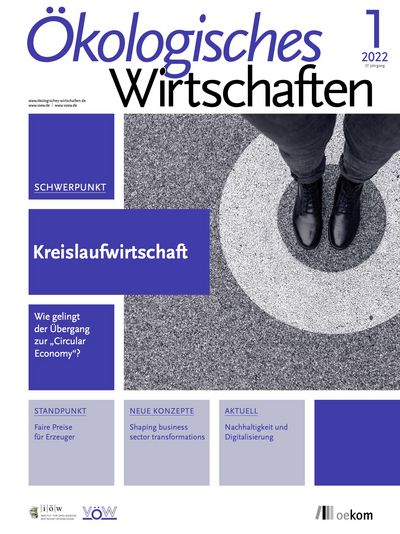Reconciling Growth and Sustainability through Circular Economy Examining three illusions
The transformation of the currently dominant linear economic model to a circular economy (CE) is considered a cornerstone of a future sustainable economy. CE is expected enable "green" growth, by which the EU aims to achieve its climate targets. However, the EU is focusing on ecological modernization rather than a profound transformation of its economic system.
The underlying assumption is that CE can decouple economic growth from resource consumption. This is supposed to be achieved mainly through technical innovations, whereas degrowth advocates argue that for a socio-ecological transformation it is necessary to turn away from economic growth. Technical innovations are not sufficient enough for a circular economy to work. Companies that advertise CE must also implement organizational and social innovations. In order to involve consumers in the CE, one needs to tackle the various (new) roles they play: Purchasers, users, maintainers, repairers, sellers, sharers, reusers or sorter.
In general, more holistic approaches must be implemented in political and economic strategies of the circular economy in order to achieve positive effects on resources and climate change.



